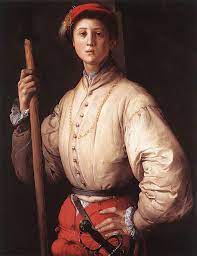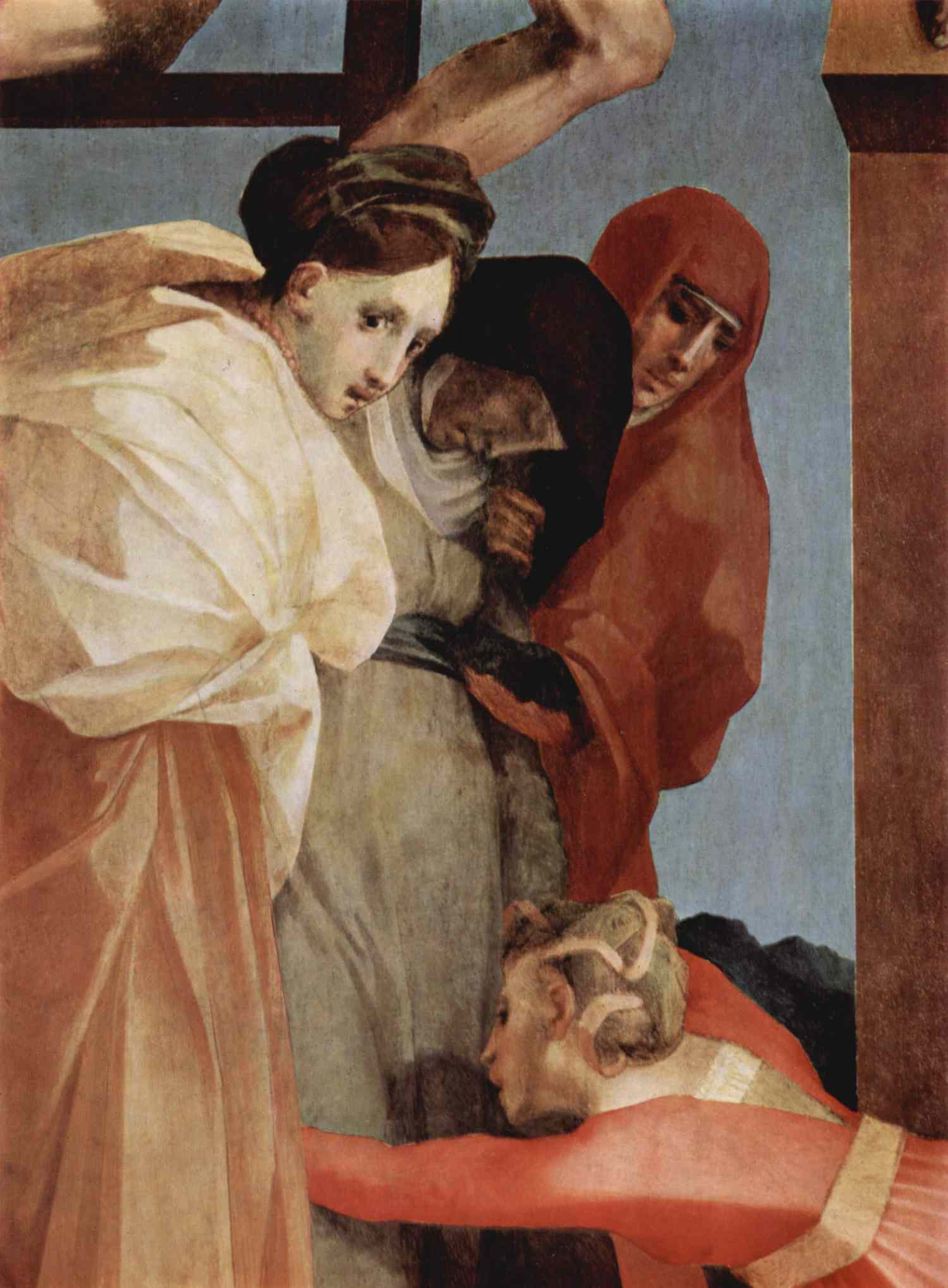
1. Introduction to Mannerism Art Style
2. Origins and Influences of Mannerism
3. Key Characteristics of Mannerism
- Distorted Proportions and Figures
- Elongated Forms and Gesture
- Ambiguous Space and Perspective
- Emotional Expressions
- Artificial Color Palette
4. Prominent Mannerist Artists and Their Works
5. The Controversy Surrounding Mannerism
6. Mannerism’s Impact on Later Art Movements
7. Appreciating Mannerism in Modern Times
8. Conclusion
Introduction Of Mannerism Art Style:
Mannerism Art Style, Mannerism, a distinctive art style that emerged in the late Renaissance period, represents a departure from the classical norms of proportion and balance that were dominant during the High Renaissance. It is an art movement that showcased the artist’s individual expression, emphasizing complexity, ambiguity, and emotional intensity. In this article, we will explore the origins, characteristics, and legacy of the Mannerism art style.
Origins and Influences of Mannerism:
Mannerism originated in Italy during the early 16th century and reached its peak in the 1530s and 1540s. The movement was a reaction to the harmonious and balanced compositions of the High Renaissance masters such as Leonardo da Vinci, Michelangelo, and Raphael. Instead, Mannerist artists sought to experiment with exaggerated forms and distortion of reality.
The movement drew inspiration from the artistic innovations of the High Renaissance and infused them with a touch of emotional turmoil and unpredictability, which became its defining features.
Key Characteristics of Mannerism.
- Distorted Proportions and Figures:
Mannerist artists deliberately distorted proportions to create elongated and exaggerated figures. They twisted the human body into unnatural poses to evoke a sense of drama and intensity in their works.
- Elongated Forms and Gesture:
The elongated forms and intricate gestures of Mannerist art conveyed a sense of elegance and sophistication. The figures often appeared graceful and delicate, yet with an underlying sense of tension and unease.
- Ambiguous Space and Perspective:
Unlike the Renaissance’s precise perspective and spatial representation, Mannerism introduced a more ambiguous and distorted sense of space. Backgrounds and perspectives were altered to create a dreamlike and mysterious atmosphere.
- Emotional Expressions:
Mannerist artists focused on expressing intense emotions through their artwork. Faces depicted subtle and complex emotions, often hinting at inner turmoil and psychological depth.
- Artificial Color Palette:
The color palette of Mannerism was characterized by vibrant and artificial hues. Artists used bold and unexpected colors to enhance the emotional impact of their works.
Prominent Mannerist Artists and Their Works:
Several artists played a pivotal role in the development and popularization of Mannerism. Among them, Jacopo Pontormo’s “Deposition from the Cross” and Parmigianino’s “Madonna with the Long Neck” stand out as exemplary works of the style. These masterpieces showcase the Mannerist approach to composition, form, and emotion.
The Controversy Surrounding Mannerism:
Despite its uniqueness and influence, Mannerism faced criticism from some art critics and scholars. The deliberate departure from classical ideals led to accusations of artifice and mannered extravagance. Some argued that the style was a decline from the perfection achieved during the High Renaissance.
Mannerism’s Impact on Later Art Movements:
Mannerism had a profound impact on subsequent art movements, particularly the Baroque period. Many elements of Mannerism, such as dramatic compositions, emotional intensity, and distorted forms, influenced Baroque artists(Read more) like Caravaggio and Bernini.
Appreciating Mannerism in Modern Times:
In the modern era, Mannerism continues to captivate art enthusiasts and scholars alike. Its fusion of classicism and innovation remains intriguing, and its emotive power is still felt today.
Conclusion:
Mannerism, a unique art style born from the experimentation and rebellion of the Renaissance, remains a compelling chapter in the history of art. Its distortion of forms, emotional intensity, and dreamlike ambiance continue to fascinate audiences worldwide. Through the works of brilliant artists like Pontormo and Parmigianino, Mannerism has left an indelible mark on the evolution of art, influencing generations of artists to come.
FAQs:
- What is Mannerism art style? Mannerism is an art style that emerged in the late Renaissance, characterized by exaggerated forms, emotional intensity, and ambiguous perspectives.
- Who were the prominent Mannerist artists? Jacopo Pontormo and Parmigianino were among the most prominent Mannerist artists known for their distinctive works.
- How did Mannerism influence later art movements? Mannerism’s dramatic compositions and emotional expression influenced artists of the Baroque period, including Caravaggio and Bernini.
- Why did Mannerism face criticism? Mannerism faced criticism for its departure from classical ideals, with some considering it excessively artificial and mannered.
- How does Mannerism continue to impact art today? The emotive power and innovative approach of Mannerism still captivate modern art enthusiasts, leaving a lasting influence on the artistic world.
